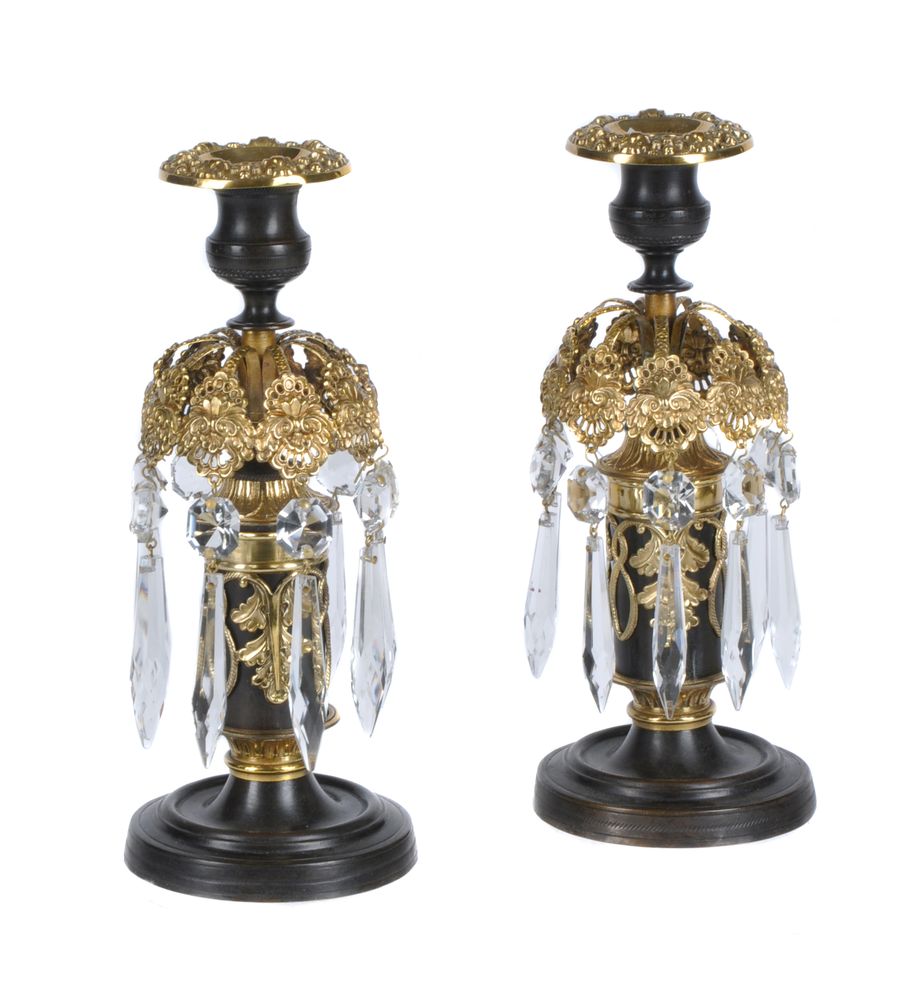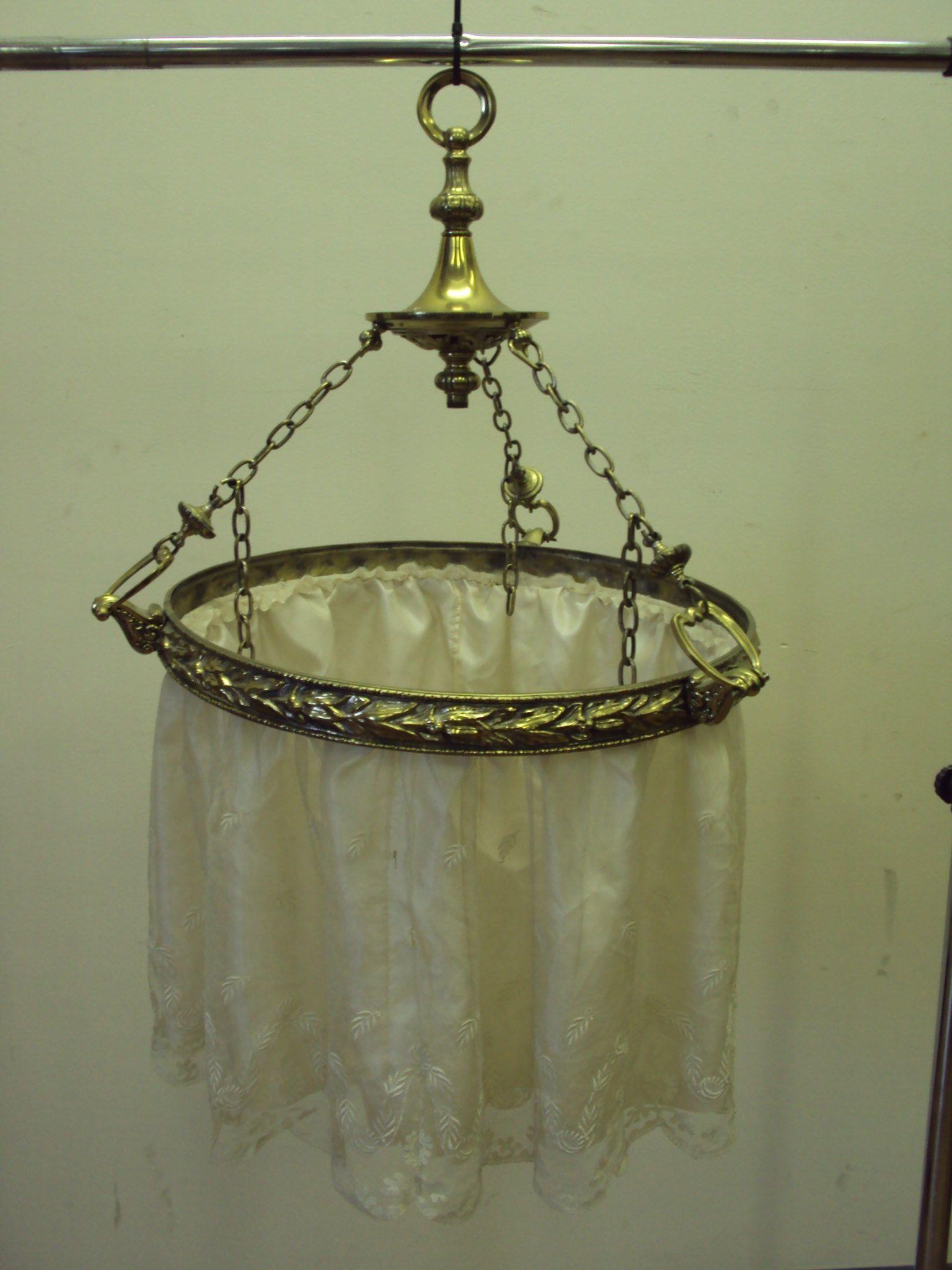A lacquered brass descending ball timepiece Dent, London, circa 1970 The circular three-pillar gilt brass movement with inverted platform lever escapement driven by the weight of the timepiece causing flat high-tensile steel line to unwind from an internal pulley wheel as the timepiece descends, the backplate engraved SER. No. 030, the exterior with rotating annular silver Roman numeral chapter ring reading against a hand cast in the form of a mermaid holding a staff, the base with short inverted pendant spire finial and the top with pierced crown surmount issuing the suspension line terminating with a hook to allow hanging from a shaped brass bracket fitted to a mahogany panel applied with plaque engraved Dent, London to lower margin, the ball 11.8cm (4.625ins) diameter; the wall panel 80cm (31.5ins) high. The highly renowned clock and watch making business Dent was established by the talented horologist Edward John Dent, who at the age of 17, transferred his apprenticeship from the trade of tallow chandler to watchmaking under the charge of Edward Gaudin in 1807. By 1817 he had become well known as a watch and clockmaker receiving commissions from the Admiralty for a 'Standard Astronomical Clock' and pocket chronometers for the Colonial Office Africa Expedition. In 1830 Dent went into partnership with the renowned watch and chronometer maker John Roger Arnold which continued until 1840 when he left and set up business alone as E.J. Dent at 82 Strand, London, primarily making marine chronometers, watches and precision clocks. In 1843 the firm expanded taking on a second premises at 33 Cockspur Street, with the Strand premises moving down the road to number 61 by 1851. In 1852 Edward Dent successfully tendered to make the 'great clock' to be housed in Stephen's tower at the New Palace of Westminster. The clock was completed by 1859, apparently at a financial loss to the firm, however it ensured that Dent became a household name synonymous with fine clockmaking. Unfortunately Edward John Dent did not live to see the installation of the 'great clock' as he died in 1853. He was succeeded by his stepson Frederick Rippon Dent, who, in partnership with his brother Richard, continued to expand the business. By 1862 the firm had added 34 Cockspur Street and 34 & 35 Royal Exchange to their list of addresses and, although having seen natural passage of ownership over the intervening years, the business still continues to trade today as Dent & Co. Descending ball timepieces were first devised during the Renaissance period with surviving examples being extremely rare, however a relatively late model by J. Schlemmer of Schleswig was offered at Sotheby's New York MASTERPIECES FROM THE TIME MUSEUM, PART TWO June 19th 2002 (lot 103). The current example was devised by Dent in the early 1970's as a 'revival' piece, and was produced as a limited edition (of probably 500 examples) alongside Dent's other revival of a Renaissance timepiece, the' incline plane clock'.
A lacquered brass descending ball timepiece Dent, London, circa 1970 The circular three-pillar gilt brass movement with inverted platform lever escapement driven by the weight of the timepiece causing flat high-tensile steel line to unwind from an internal pulley wheel as the timepiece descends, the backplate engraved SER. No. 030, the exterior with rotating annular silver Roman numeral chapter ring reading against a hand cast in the form of a mermaid holding a staff, the base with short inverted pendant spire finial and the top with pierced crown surmount issuing the suspension line terminating with a hook to allow hanging from a shaped brass bracket fitted to a mahogany panel applied with plaque engraved Dent, London to lower margin, the ball 11.8cm (4.625ins) diameter; the wall panel 80cm (31.5ins) high. The highly renowned clock and watch making business Dent was established by the talented horologist Edward John Dent, who at the age of 17, transferred his apprenticeship from the trade of tallow chandler to watchmaking under the charge of Edward Gaudin in 1807. By 1817 he had become well known as a watch and clockmaker receiving commissions from the Admiralty for a 'Standard Astronomical Clock' and pocket chronometers for the Colonial Office Africa Expedition. In 1830 Dent went into partnership with the renowned watch and chronometer maker John Roger Arnold which continued until 1840 when he left and set up business alone as E.J. Dent at 82 Strand, London, primarily making marine chronometers, watches and precision clocks. In 1843 the firm expanded taking on a second premises at 33 Cockspur Street, with the Strand premises moving down the road to number 61 by 1851. In 1852 Edward Dent successfully tendered to make the 'great clock' to be housed in Stephen's tower at the New Palace of Westminster. The clock was completed by 1859, apparently at a financial loss to the firm, however it ensured that Dent became a household name synonymous with fine clockmaking. Unfortunately Edward John Dent did not live to see the installation of the 'great clock' as he died in 1853. He was succeeded by his stepson Frederick Rippon Dent, who, in partnership with his brother Richard, continued to expand the business. By 1862 the firm had added 34 Cockspur Street and 34 & 35 Royal Exchange to their list of addresses and, although having seen natural passage of ownership over the intervening years, the business still continues to trade today as Dent & Co. Descending ball timepieces were first devised during the Renaissance period with surviving examples being extremely rare, however a relatively late model by J. Schlemmer of Schleswig was offered at Sotheby's New York MASTERPIECES FROM THE TIME MUSEUM, PART TWO June 19th 2002 (lot 103). The current example was devised by Dent in the early 1970's as a 'revival' piece, and was produced as a limited edition (of probably 500 examples) alongside Dent's other revival of a Renaissance timepiece, the' incline plane clock'.








Try LotSearch and its premium features for 7 days - without any costs!
Be notified automatically about new items in upcoming auctions.
Create an alert